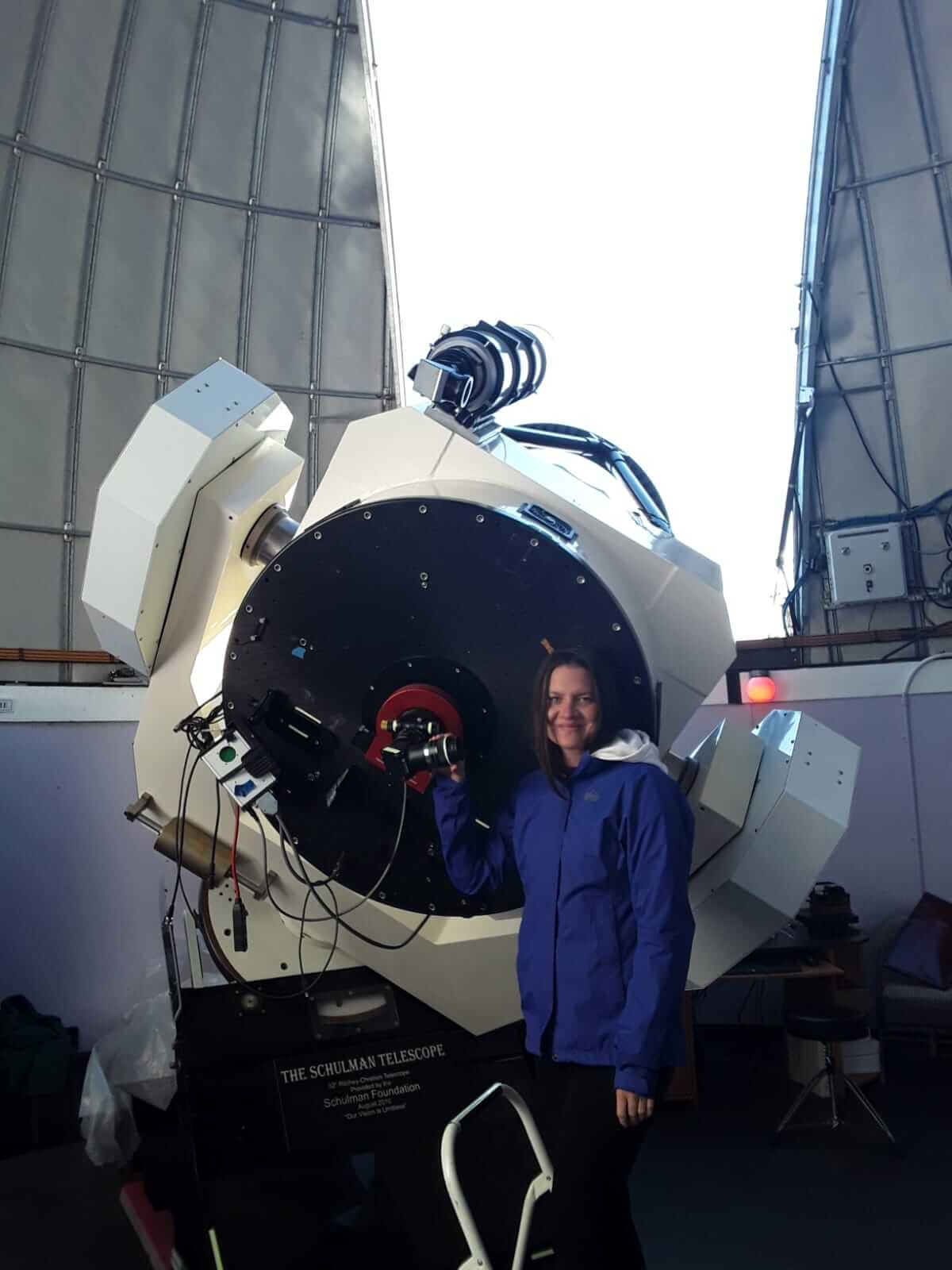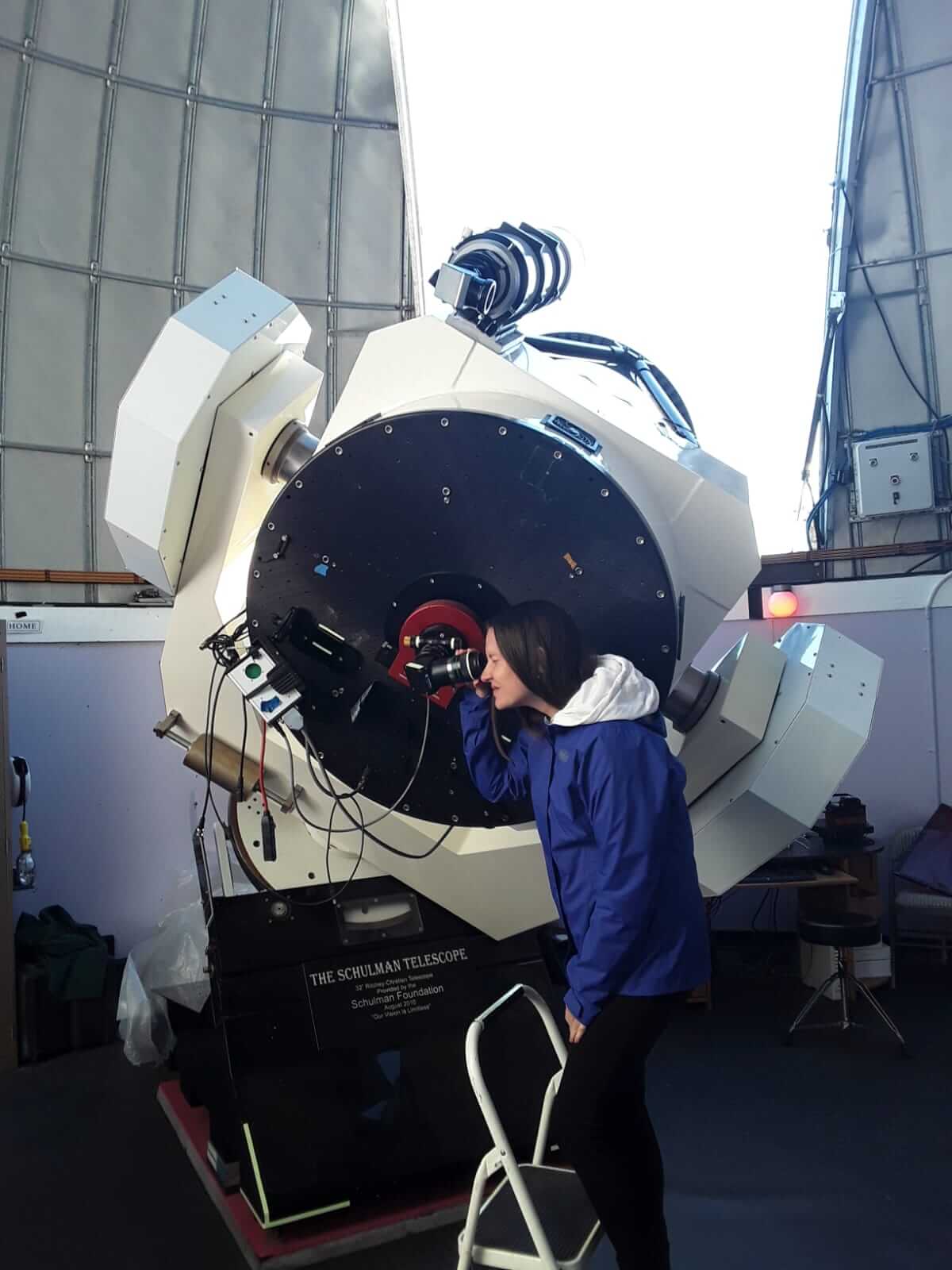Photo Credit: Adam Block
When to Go Stargazing in Tucson: A Celestial Journey
Tucson, a mecca for stargazers and astrophotographers, boasts the darkest skies of any city its size in the country, making it an ideal destination for celestial enthusiasts. As a member of the International Dark-Sky Association, Tucson’s commitment to preserving its pristine night skies is evident. The city’s unique combination of climate, clear views, high mountains, and robust infrastructure makes it a haven for those seeking the wonders of the cosmos.
A night Stargazing Hotspots in Tucson:
Tucson offers a range of stargazing options, from large observatories to smaller, intimate venues. Notable locations include:
- Mt. Lemmon Sky Center: Home to a 32-inch telescope, one of the largest accessible to the public, Mt. Lemmon Sky Center provides an immersive experience. Programs include binocular observations, sunset viewing, and telescope sessions.
- Kitt Peak National Observatory: With a 20-inch aperture telescope, Kitt Peak offers a comprehensive stargazing experience. Visitors enjoy binocular observations, a light dinner, and expert-guided telescope sessions.
- Flandrau Science Center, Loews Ventana Canyon Resort, White Stallion Ranch, Oracle State Park: These venues contribute to Tucson’s diverse stargazing scene, offering a range of programs for enthusiasts.
Why Tucson?
Adam Block, an astronomer and award-winning astrophotographer, emphasizes Tucson’s advantages for stargazing. The region’s ideal climate, regular clear skies, and strategically placed observatories on mountains contribute to optimal viewing conditions. The infrastructure and support from universities make Tucson one of the few places globally where amateurs can observe stars under professional-quality conditions.
The Stargazing Experience
Stargazing programs at Mt. Lemmon Sky Center and Kitt Peak National Observatory are more than telescope sessions. They provide an immersive journey, starting with introductions, sunset viewing, and culminating in telescope observations. The larger telescopes, such as the 32-inch at Mt. Lemmon, allow for stunning views of celestial objects like galaxies and nebulae.
Best Time to Stargaze
Late summer, fall, and winter are prime stargazing seasons in Tucson. These months offer clearer skies, reduced light pollution, and the opportunity to choose moonless nights, enhancing the overall experience.
Personal Celestial Encounter
My dive into the enchanting realm of Tucson’s night sky landed me at the Mt. Lemmon Sky Center for a stargazing program—an experience that can only be described as magical. It all kicked off with a captivating astronomy lecture, setting the stage for what would be a celestial adventure.
As the sun dipped below the horizon, bathing the landscape in a warm glow, the celestial stage was ready. Binoculars in hand, our group embarked on a journey through the cosmic wonders above, tracing constellations and connecting the dots in the vast night sky.
The highlight of the night unfolded as we took turns peering through the Schulman 32-inch telescope. This mighty instrument acted as a cosmic portal, revealing the secrets of distant planets, galaxies, and nebulae, millions of light-years away. The guide’s expertise added layers to the experience, offering insights that deepened our awe for the cosmic wonders.



